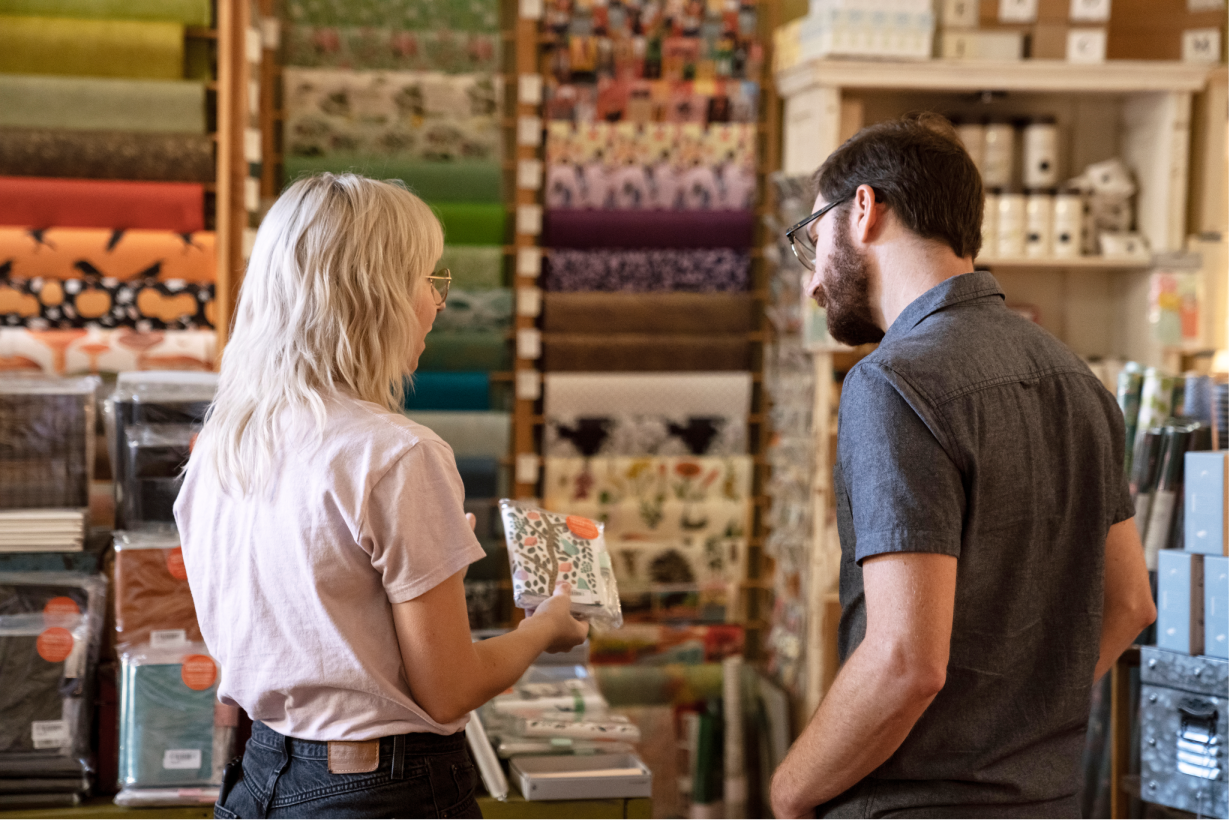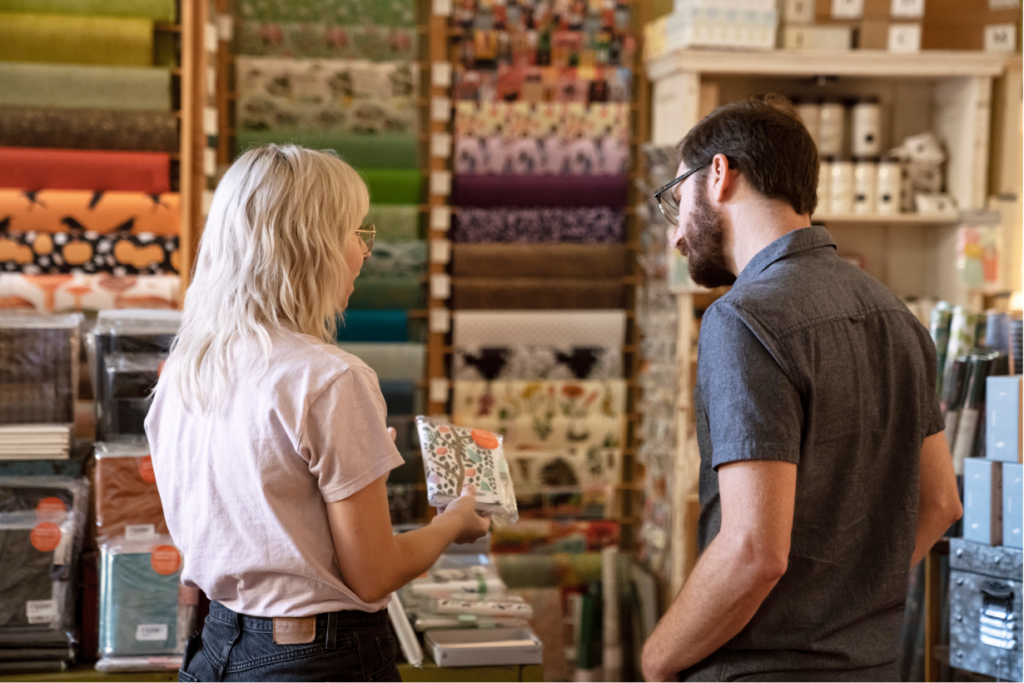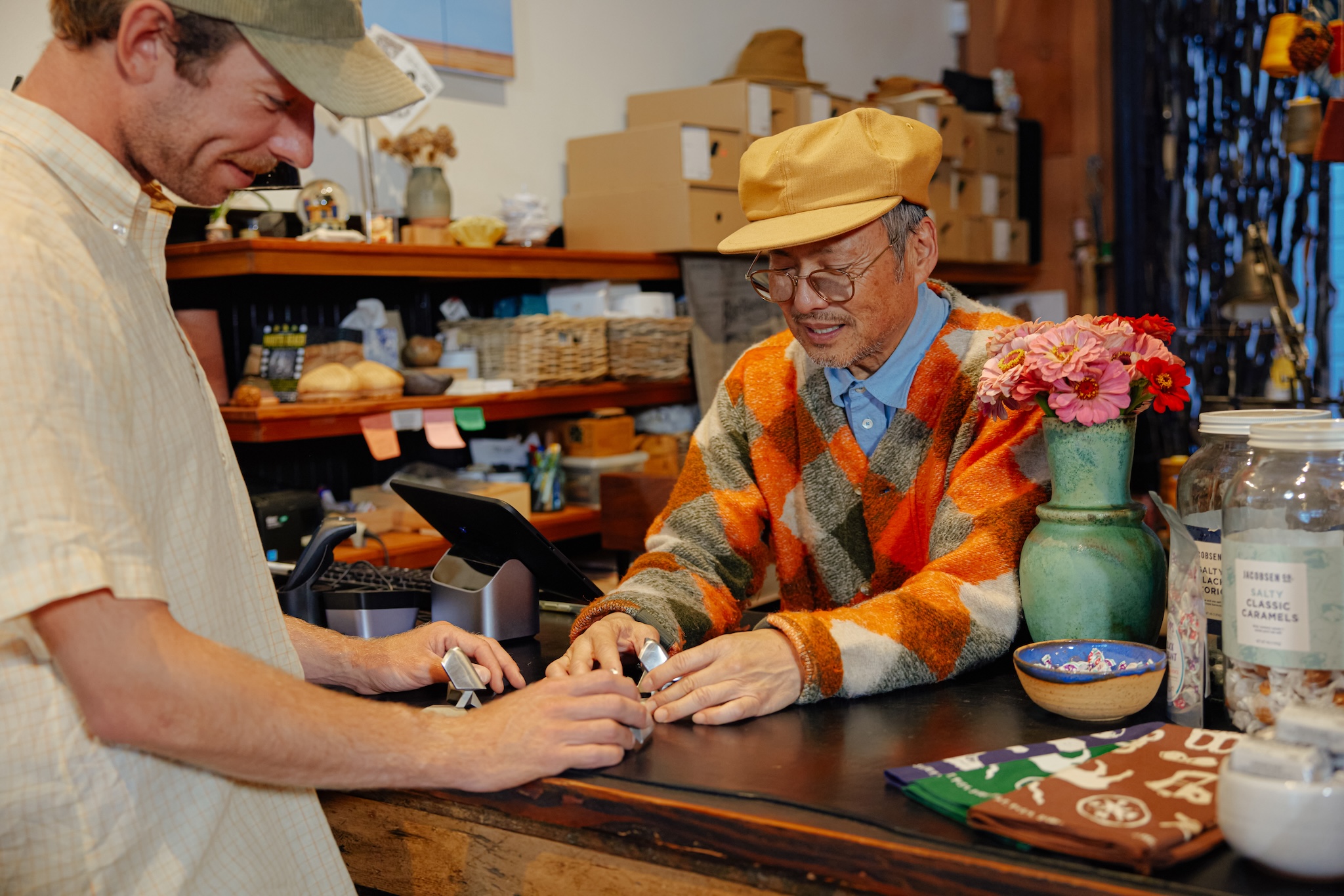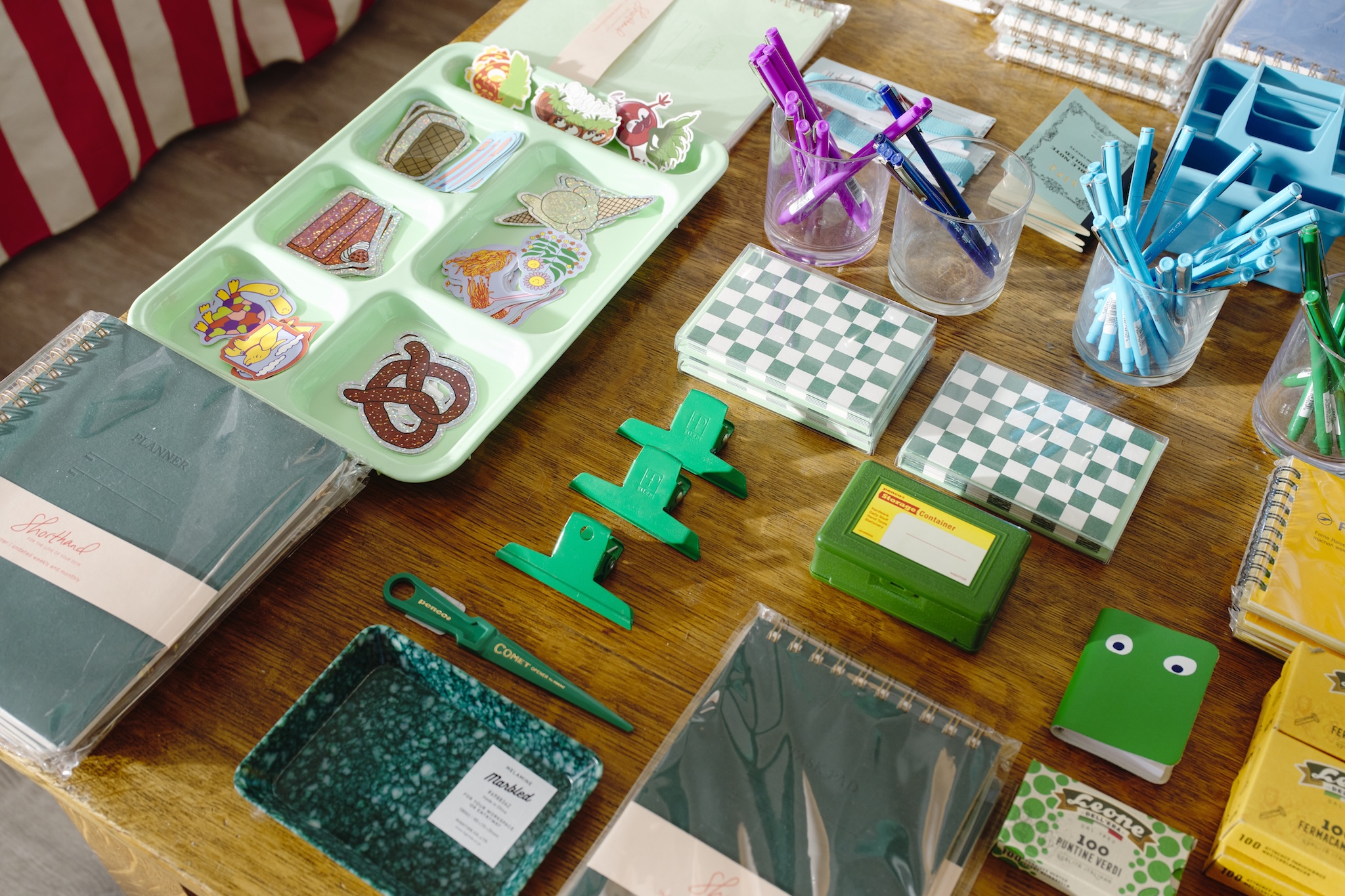

There are no two ways around it—getting started in wholesale can be challenging, and new entrepreneurs can use all the advice they can get. Therese Ørtenblad, founder of Small Business Collaborative, is focused on providing just that.
Ørtenblad has worked in sales in the home and gift industry since 2008 and helps entrepreneurs develop their wholesale strategy through courses, mentorship, and her blog and podcast, Let’s Talk Shop. Her experience covers a wide range of retailers including department stores such as Selfridges and John Lewis, fashion chains like Urban Outfitters and Topshop, online retailers like ASOS and Ocado, and small gift and home stores such as Vinegar Hill.
During Entrepreneur Faire, our virtual education series broadcast on Instagram Live, Ørtenblad shared her insights and guidance for new sellers at a time when many retailers are placing smaller orders. Here, we’ve collated her sage advice into seven useful tips for landing your dream retailers and succeeding in wholesale.
1. Get a handle on pricing and order minimums
Once you’ve developed a great product, your first steps as a wholesaler should be to set clear pricing and establish order minimums. “It’s really important that you understand your numbers to make sure that you make money on every sale, and that can be quite tricky in the start,” says Ørtenblad. It also makes sense to set lower order minimums to be as agile as possible during the current macroeconomic climate, since many retailers are placing smaller orders more frequently rather than large seasonal orders.
Ørtenblad suggests offering multipacks that contain a variety of complementary products or several variations of the same product in different sizes, colors, or styles. Starter packs can also help attract new retailers looking for a low commitment and guidance on your bestselling products. “Things sell better in bulk when there’s a few of each,” she says. “It should represent a small range of your products that could look good together and sell well in a shop.”
2. Build brand awareness
Establishing brand awareness is essential for emerging brands. Ørtenblad recommends building a strong following on Instagram to help your brand stand out and attract more of the right retailers. “As the ball starts rolling (with Instagram), you will also start getting retailers contacting you instead of you contacting them,” she says.
High-quality images for your social media profile, website, and Faire shop page are important as well. “How you communicate and think about that customer journey in-store can make all the difference,” says Ørtenblad. For example, your logo, images, color scheme, and packaging should tell a consistent story no matter if someone is viewing your products online or in a brick-and-mortar shop.
Ørtenblad also advises offering the margins retailers need from the start. Without the economy of scale in your production, it will challenge your margins. This will help you attract the right retailers for your brand who will in turn help grow your brand awareness. “You want to make money on each sale,” Ørtenblad said. “Take absolutely everything into account, not just the cost of the product but also the cost of the sale.”
How you communicate and think about that customer journey in-store can make all the difference.
Therese Ørtenblad, founder of Small Business Collaborative
3. Source retailers that are right for your products
Ørtenblad says the easiest way to find retailers that are a good fit for your brand is to keep tabs on slightly more established brands that are not direct competitors but that sell complementary products and might have a similar ideal customer. “Then look at where they’re being stocked because it’s likely [those retailers] might be interested in your products as well,” she says.
She cautions against attending trade shows when you’re new to wholesale, though, because it’s better to get some experience connecting with retailers one-on-one before making such a large investment. Ørtenblad says she was inspired to start her consulting business after seeing so many small brands doing trade shows without any knowledge about pricing or how to exhibit, which can be devastating for revenues. “If you can’t allocate the budget to get help and exhibit, perhaps start small first,” Ørtenblad says. “That will tell you if your pricing is right and if you can build a relationship with stockists.”
4. Maintain a strong catalog or line sheet for pitch emails
Emails are still the top way to pitch retailers. Even with a beautiful website and Faire shop page, Ørtenblad says it’s important to maintain a catalog that helps show what you’re about in that initial pitch.
“Have a good catalog or line sheet that really tells the story about your brand, and make sure that you include it in that first email,” she says. “If you sell on platforms like Faire or have a wholesale portal on your website, there’s value in linking to a catalog where you can showcase what you’re all about.”
Personalizing the tone and imagery within an email can also show why your products are going to be a good fit and a good investment. “Being personal and really showing that you’ve done your research and that you care makes a big difference,” Ørtenblad says.
5. Make sure your merchandise is retail-ready
There would be no sense putting time, money, and effort into landing your dream retailers if your products don’t sell once they’re on the shelf. According to Ørtenblad, products should stand out next to similar products and sell themselves.
“It can’t require a sales assistant to tell what it is,” she says. “People need to be able to discover that for themselves.” It’s also important that no matter how good your packaging looks, it will hold up after being picked up, and potentially opened, multiple times. She suggests testing whether your fingers leave marks or smudges on packaging options before putting one into practice.
6. Update stock frequently and provide great customer service
Frequently updating stock and providing excellent customer service are the best ways to inspire reorders. “Any shop needs new stock all the time to keep things interesting for their customers, especially if they are in a small town,” says Ørtenblad. This means adding something fresh to your catalog at least a couple of times a year.
Excellent customer service is also essential for new stockists getting to know your products, and that includes an onboarding process. Ørtenblad recommends reaching out to ask new customers if everything arrived OK and if they need any more information or product images. One step further: Create a leaflet for new customers with key information to help sales associates discuss the products.
Ørtenblad has seen these tactics work in practice for clients such as Made by Shannon, a UK-based brand specializing in handmade and environmentally conscious greeting cards that are sold on Faire. As a result of working with Ørtenblad to put a formal follow-up strategy in place, the brand’s owner is now in regular communication with her stockists—and has previously unavailable insight into what those customers are looking for next.
7. Get started—even if that means starting small
Ørtenblad’s final piece of advice for prospective wholesalers: just get started. “Sometimes we hold back because we want everything to be so perfect, but is anything ever perfect?” she asks. “If you keep moving the goalpost, you might not ever get there.” Even walking into local shops to see if they want to stock your products is a start.




